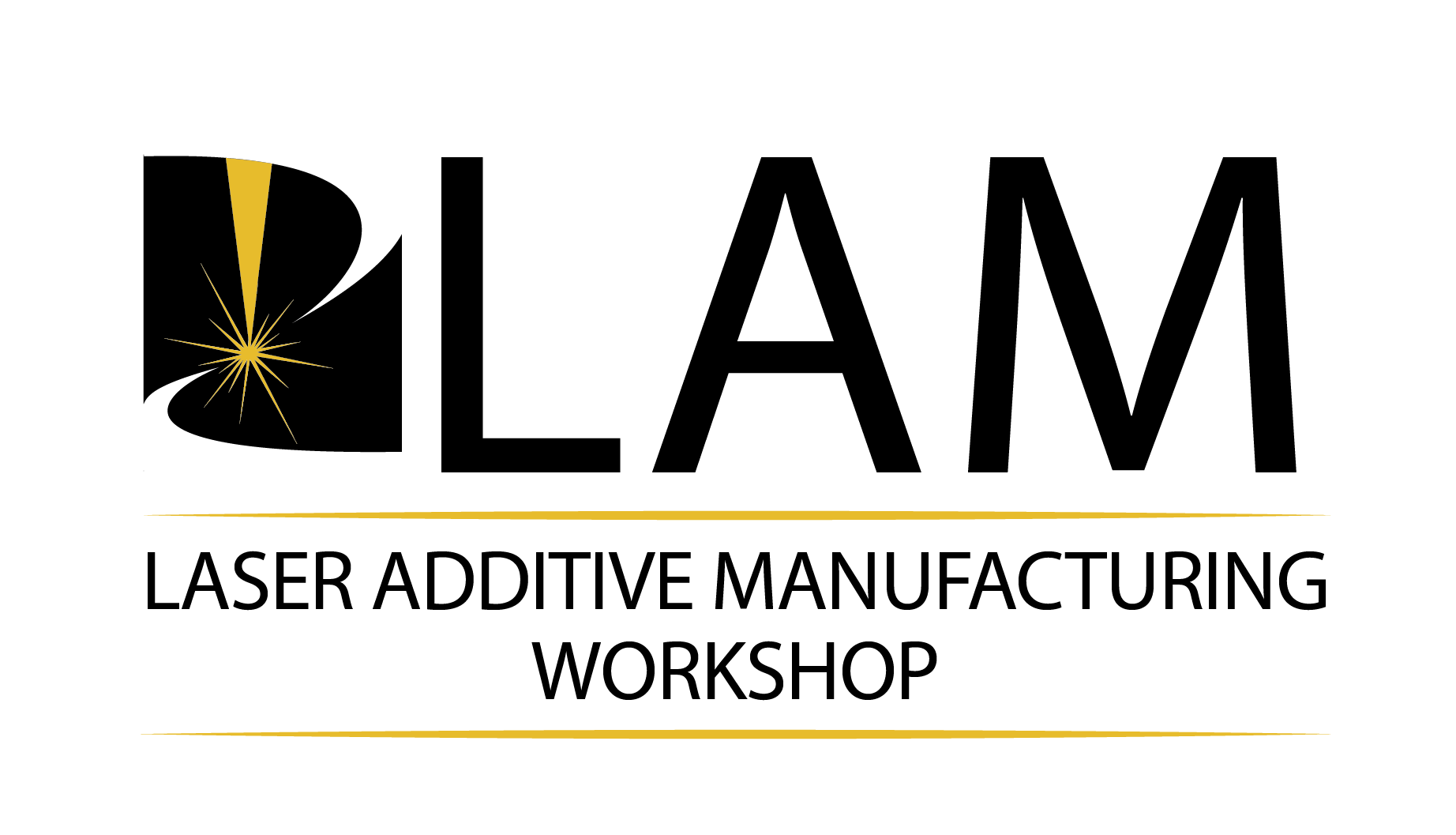Laser Additive Manufacturing (AM or 3D Printing) is now an accepted method of advanced manufacturing for a variety of industry sectors. The best kept secret of 3D printing, which is a unique innovation, is the deployment of Green Lasers. Using a laser beam with a wavelength in the visible spectrum of 515nm (as opposed to IR at 1063nm), enables laser AM of highly reflective materials like copper, aluminum, gold, silver, platinum and iridium to be more effective and efficient. IR lasers in combination with these reflective materials have a hard time coupling the beam to the metal and can result in reflective losses, with printed parts that have questionable porosity and surface finish. Green Laser technology on the other hand, developed from the “traditional” laser cutting and welding side, when applied to 3D printing, makes sense in terms of achieving results with better density, lower porosity, better surface finish, less spatter and improved productivity (depending on the part and parameters used, up to ten times faster than IR laser source with pure copper powder). The applications for jewelry, works of art and high value consumer products with precious metals are now limitless in terms of design and imagination. Whereas copper for parts that require electrical conductivity and thermal conductivity can also be printed faster and, for rocket engines for space vehicles that are printed in copper alloys such as C18150, GR Cop 42 or 84, that result in improved productivity giving a faster print speed with fewer defects, would be another pathway to access space faster.
Speaker
Miguel Verdejo


